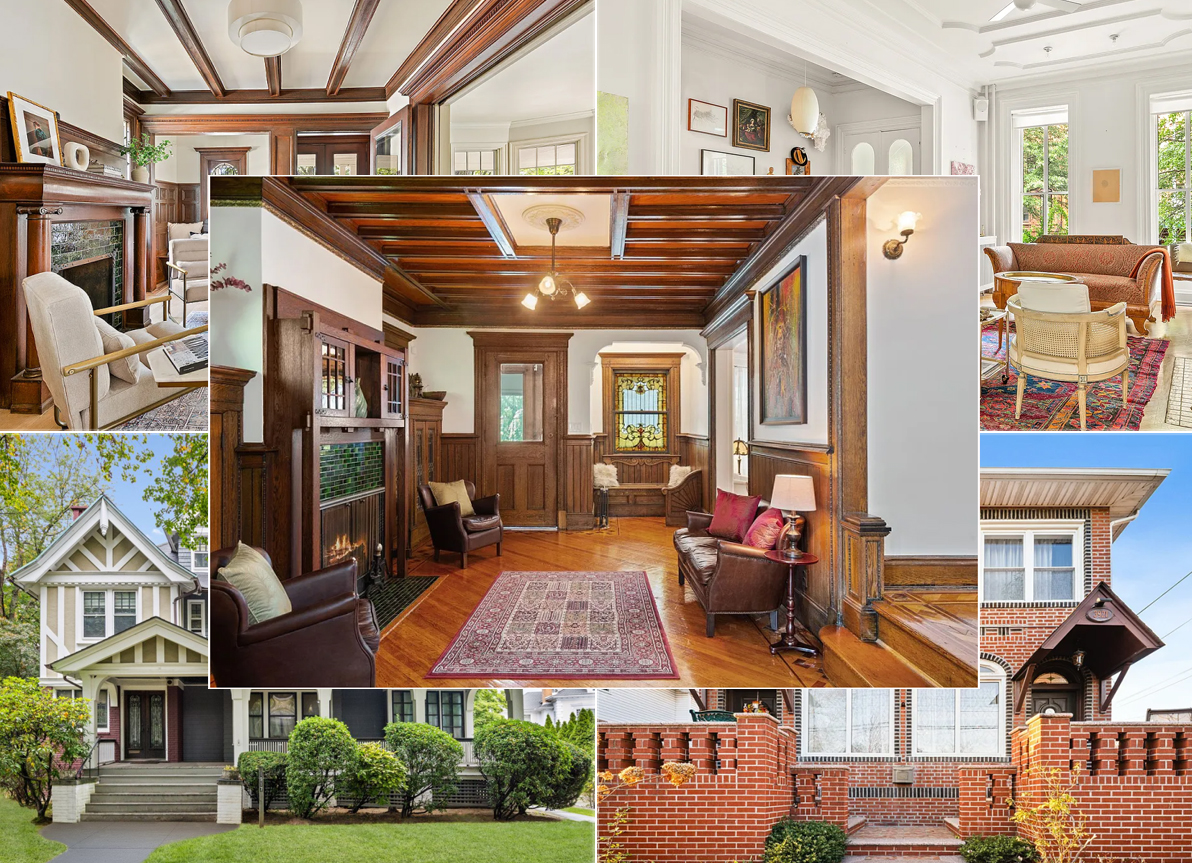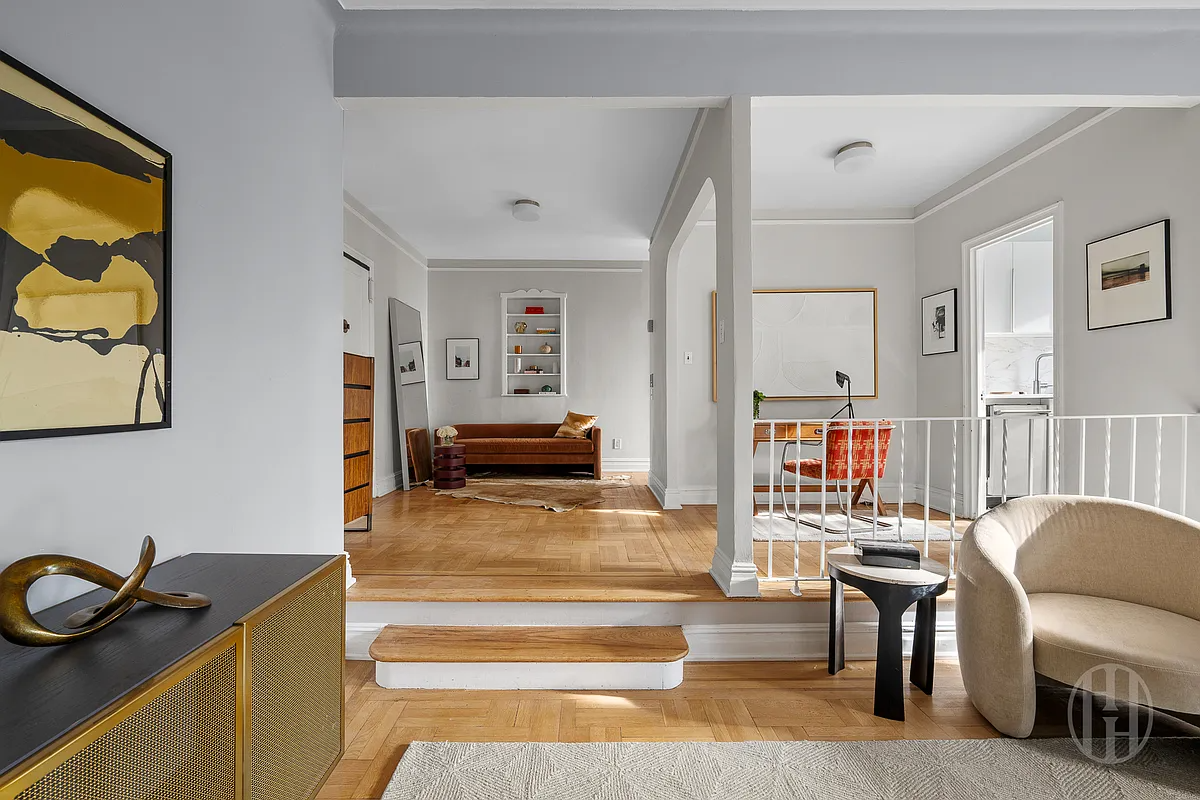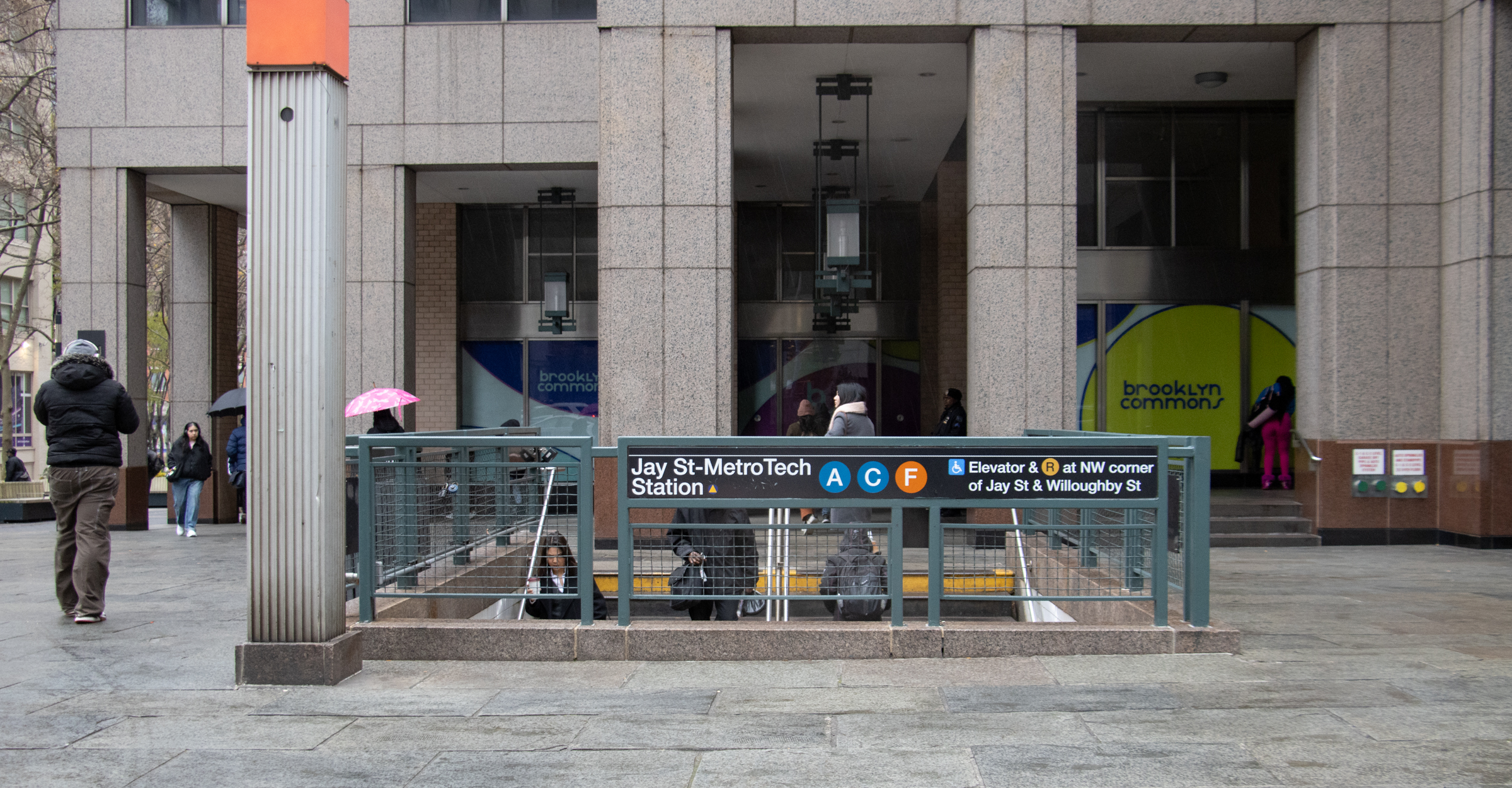Carroll Gardens Historic District May Grow
The Landmarks Preservation Commission released the boundaries of the expanded Historic District it is pushing for in Carroll Gardens and, not surprisingly, not everyone was pleased. The city would like to expand the pitifully small area that was protected back in 1973 (shown above) to include all the blocks bounded by Court Street, Henry Street,…


The Landmarks Preservation Commission released the boundaries of the expanded Historic District it is pushing for in Carroll Gardens and, not surprisingly, not everyone was pleased. The city would like to expand the pitifully small area that was protected back in 1973 (shown above) to include all the blocks bounded by Court Street, Henry Street, Huntington Street and First Place. Sounds like a nice idea to us but there are bound to be some whiners, right? Right. “Landmarking will force the old-timers out,” said John Esposito, co-founder of Citizens Against Landmarks. “All the new people who have $100,000 income a year think this is a great idea.” (This choice of this number seems reminiscent of Dr. Evil’s famous “one million dollars” line in Austin Powers; after all, it’s not like $100,000 a year goes too far in the Carroll Gardens housing market these days!) The plan for expanding the historic district is supported by the Carroll Gardens Neighborhood Association and the Brooklyn Preservation Council, and seems to be in keeping with the spirit of last year’s rezoning which made it harder to put up new out-of-context buildings in the low-rise community. No-brainer!
City Wants Second Carroll Gardens Historic District [NY Post]





Rob, on that continent over the ocean you have never visited, yet hate, people are living in homes that have been there since the Middle Ages. Same for homes in Asia and North Africa. Even in this country, a well made home in New England dates from the 1600’s, and people are still living in them. There is no reason to think that a properly cared for 19th century home can’t last another 200 years. The LPC’s “telling someone what they can do with their house” is nonsense. There will always be someone telling you what you can do. It’s the cost of living in a municipality with laws.
etson — How is “asset rich” going to pay for the loan you just took out? Even if something costs just 15% more, that’s 15% they didn’t previously have to pay… and now will have to finance?!
Is there any real evidence of landmarking ‘forcing out’ old timers, though, rather than all of the other changes that are going on?
Also, I don’t see why one would assume the old timers are poor, at the very least they are asset rich and could use that to finance proper improvements.
in my book property rights trump neighborhood aesthetics. who is anyone to tell someone what they can and can’t do with their houses? that’s absurd.
i wish i had a gazillion dollars, id constantly be buying houses in historic districts and painting them pink and green polka dotted and lightening zigzags and just paying the fines and giving the middle finger to the snoots who think they own the exteriors of other peoples houses.
landmarking everything is absurd and it halts progress. do think these old ass homes are going to be around in 200 years? no they wont, it’s not feasibly possible.
*rob*
Benson, that simply isn’t true. Yes, landmarks will not approve white vinyl windows. But they do approve plenty of other kinds of windows that may be more expensive than white vinyl, but do not have to be custom made reproductions costing thousands. That includes plenty of windows off the rack by Anderson, etc. The whole window boogieman is the classic scare tactic used by people who are anti-landmarking. You act like people change their windows like their clothes. A good window should last 30 years or more. Putting in a cheap vinyl window is pennywise/pound foolish, as they may be affordable now, but don’t last more than 5 years, meaning you’ll need to replace often or face even more damage. Why not just do it better, and LPC compliant in the first place? And again, loans are available from both a couple of sources when one is in an historic district. The idea is to preserve these buildings in the best way possible, for resale as well as posterity. It makes sense to do so, landmarked or not.
Is there an actual argument against Mr. Esposito’s claim that landmarking will result in higher costs in Carroll Gardens? I’m asking seriously. Because Brownstoner’s way of refuting the “whining” appears to just be saying “eh, what the heck, it’s already way too expensive there for most people anyway.” This comes off pretty callous and condescending to a non-expert observer. So please, someone – will landmarking not make things more expensive? Why not? Common sense would seem to indicate it will, no?
beware designation upappealable agency without staff to process huge backlog great for architects, lawyers, very tough for working homeowners
From the Post article: “Indeed, concrete magnate John Quadrozzi cited the additional cost and extra bureaucracy when the city fined him for allowing two historic properties in Cobble Hill decay to the verge of collapse.”
Yeah, blame the city, not your own cheapness. Probably hoping for demolition by neglect in a landmarked district, in order to get around the iron thumb of both the LPC and the DOB. If I was looking for a “little guy fighting the establishment” I’d get a better example.
Etson;
His argument is dead on the money.
When one is in a historical district, the cost of improvements skyrockets. One can’t just upgrade windows with ordinary commercial replacement products, even from high-quality manufacturers like Anderson. Ditto for doors and other architectural elements.
The result is often that an old-timer owns a building that he cannot afford to upgrade, and they decide to sell.
Demographically, Cobble Hill used to be virtually identical to Carroll Gardens up until about 20 years ago. There are a handful of old-timers left in Cobble Hill.